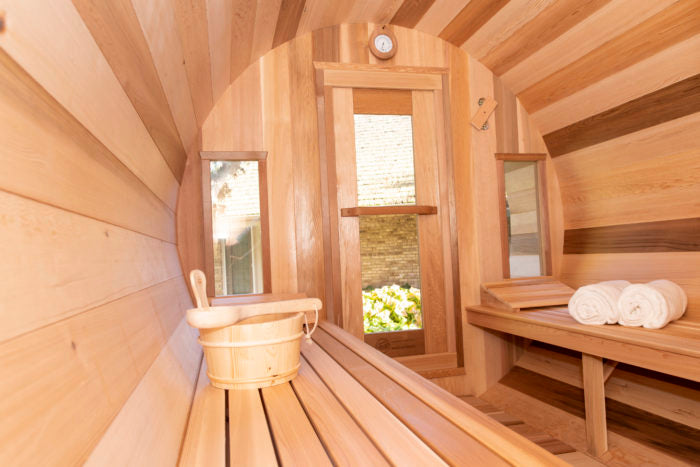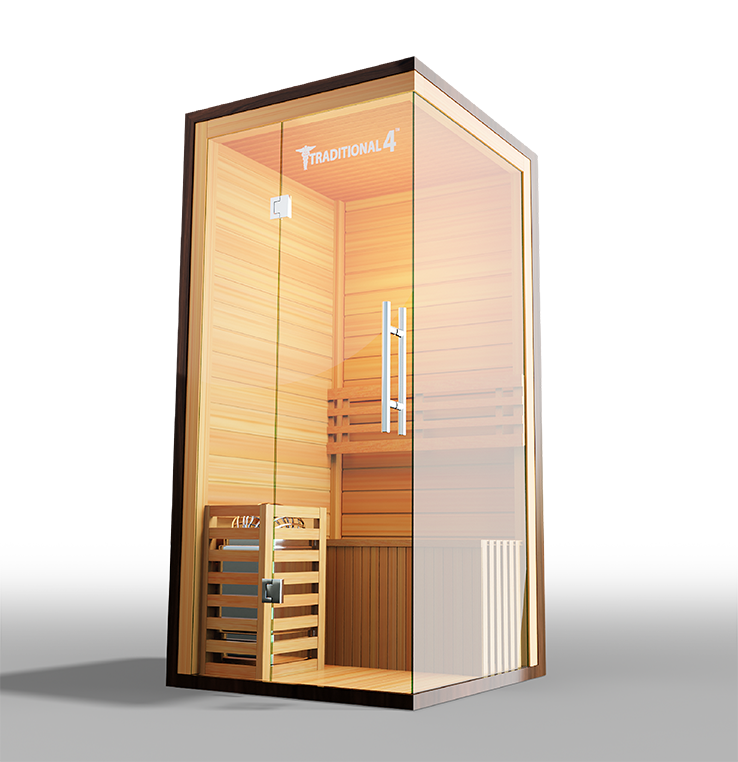The Best Strategy To Use For Traditional Sauna
The Best Strategy To Use For Traditional Sauna
Blog Article
The Ultimate Guide To Traditional Sauna
Table of ContentsWhat Does Traditional Sauna Mean?Getting My Traditional Sauna To Work10 Easy Facts About Traditional Sauna ExplainedThe Definitive Guide to Traditional SaunaThe Best Guide To Traditional Sauna
Most of the weight shed in a sauna is water loss and is re-gained upon rehydrating. However, certainly sauna can be an integral part of a healthy weight-loss program. To take a look at the distinctions between traditional and IR saunas, I will certainly separate these right into proven, theoretical, and made distinctions.Therefore, the best factor in the saunawhich is at the ceiling straight over the sauna heateris typically in between 185 and 190 F. Claims that a typical sauna surpasses 200 F is simply not true and not suitable for electric saunas sold in the United States. The temperature for a far-infrared sauna is usually established between 120 and 140 F; nonetheless, unlike the conventional sauna, the goal in and IR area is not to achieve a high temperature level.
Due to this, the temperature level distinction is practically irrelevant, considering that profuse sweating leads to both sauna kinds, but the approach of heating the body is different. In an IR sauna the bather will certainly feel hot and will sweat a lot, yet at much lower temperatures (Traditional Sauna). Hence, if the goal is to spend longer amount of times in the sauna, the IR sauna is a good option
When a traditional sauna has been properly heated, the sauna walls are cozy, the air temperature level has achieved set temperature level and the rocks are very warmed. As an intriguing side note, the heated wall surfaces and the rocks are releasing far-infrared warmth, combined with the warmed air, to produce an "wrapping up heat".
The Only Guide for Traditional Sauna

When the high temperature level is accomplished, the aspects cycle on and off to maintain the heat. A lot of typical sauna customers take pleasure in pouring water over the rocks to create steam to raise sauna moisture levels. The benefits of putting water over the rocks consist of: making the space a lot more comfortable, dampening the nasal flows, and allowing the use of aromatherapy by blending essential oils with the water.

When the power goes into the body, it causes the body temperature level to boost and eventually results in perspiration. In an infrared sauna it is necessary for the emitters/heaters to stay on virtually regularly. Given that there is no mass of rocks to maintain warmth, the sauna will cool down if the emitters turned off.
As pointed out above, the sauna bather in an infrared space intends to position himself in front of running emitters to obtain maximum advantage from the heat. The home heating time for both areas can be extremely various, depending upon just how the rooms are utilized. For a typical sauna, a bather needs to enable 30-40 mins for the room to achieve a preferred temperature level and to appropriately pre-heat the rocks.
The Greatest Guide To Traditional Sauna
A well created sauna will typically achieve a temperature of 150-160 F in concerning 30-40 minutes. For hotter temperature levels, the space may need to heat for a longer duration.

Typical saunas have a tendency to be bigger (for this reason use even more power) than infrared saunas, although standard saunas site here are certainly available in one and 2 person dimensions also. For a two-person standard sauna, 5x6 or 5x7 size is most preferred. The top bench can easily seat 2 or three people and is additionally long sufficient to rest throughout the sauna session.
Everything about Traditional Sauna
The typical price per kWH of power in the U.S. is roughly $0.11, so a 4.5 kW heating unit will certainly set you back about $.50 to compete one hour, if the heater runs continuously for one hour. Typically a sauna heating unit will run for 75% of the initial hour and 50% of subsequent hours on because the aspects cycle once the set temperature level is attained.

There is a hardly ever gone over difference in the social experience in between the 2 spaces. While our culture has actually shed a few of the social benefit of the standard sauna experience, it can be extremely socially fulfilling (Traditional Sauna). From family members time in the sauna, to heart-felt conversations with better halves, to sauna partiesthe typical sauna experience can cause intimate interacting socially
Not known Details About Traditional Sauna
The majority of higher end infrared spaces consist of colored light therapy, noise systems and full-glass fronts.
Report this page